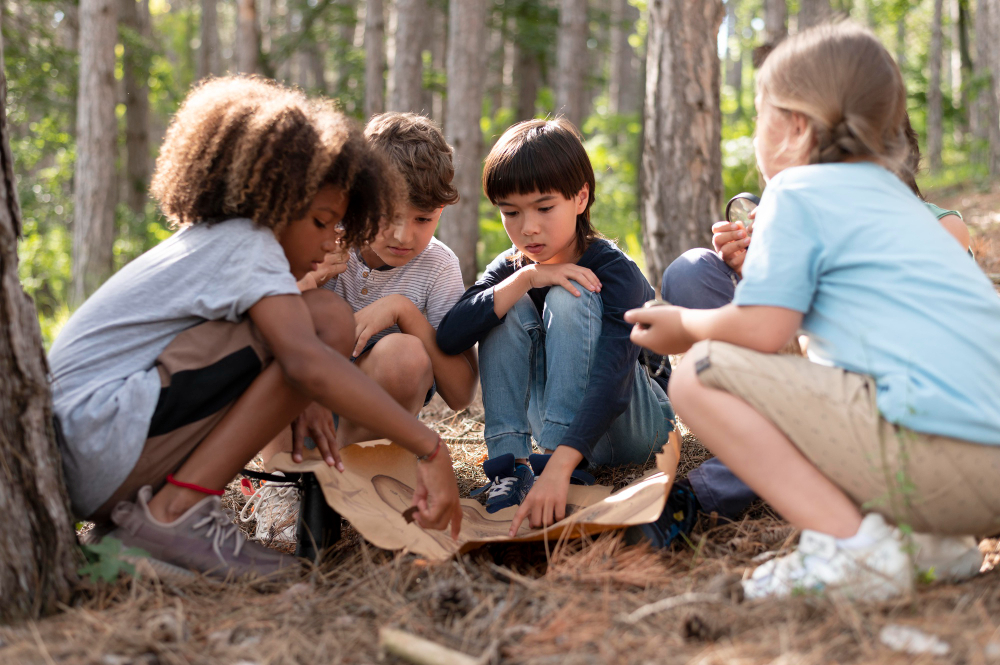Reach out to others with shared concerns for solidarity, perspective, and emotional support.
When the school environment harms your child—too loud, too bright, too overwhelming—it can be easy to believe you’re the only one seeing it. Maybe your child is framed as fragile. Maybe you’re told that “most kids are fine.” Maybe you’ve started wondering if you’re imagining the problem.
But you’re not. And you’re not alone.
Other families are navigating the same barriers, having the same conversations, and being told the same excuses. Connecting with them isn’t just comforting—it’s strategic. Because once you compare notes, the pattern becomes undeniable.
How to use this strategy
Start by listening for echoes. Has another parent mentioned their child wears noise-cancelling headphones? Has someone pulled their child out because of sensory overload? Has a teacher or EA made an offhand comment like, “Yeah, a lot of kids have trouble in this room”?
Follow up with intention:
- Ask if they’ve noticed similar issues.
- Offer to share what’s worked—or what hasn’t.
- Suggest joining forces to request environmental improvements.
You can connect informally (a phone call, a WhatsApp thread, a conversation in the parking lot) or more formally through:
- PACs and DPACs
- Parent support groups or networks
- Advocacy collectives or neurodiversity-affirming coalitions
From there, you can start tracking what’s happening across families:
- Are certain classrooms consistently overwhelming?
- Are tech tools being denied or inconsistently provided?
- Are requests for regulation space or sensory supports being dismissed?
This is how individual harm becomes collective evidence.
Move from conversation to recommendation
Once you’ve connected with others, use your shared experience to:
- Submit collective recommendations to the school or district
- Request environmental assessments of problematic spaces
- Propose inclusive technology or assistive tools
- Ask for funding to improve regulation spaces, lighting, or classroom design
- Present to the school board or inclusion working group
You can write:
“Several families have noted ongoing challenges related to sensory overload and inconsistent access to regulation supports. We are submitting the following recommendations to support meaningful participation for all students.”
Even if your recommendation isn’t accepted, it becomes part of the public record—and strengthens the case for future reform.
What to watch out for
Systems rely on isolation. If you think your experience is unusual, you’re less likely to push back. That’s why connecting with others can be emotionally intense—because you start to realize this didn’t just happen to your child. It’s happening to many, and it’s being normalized.
You may also encounter resistance from other families who haven’t experienced the same barriers—or who are uncomfortable naming ableism. That’s okay. You don’t need everyone. Just the ones willing to see it, say it, and act with you.
Start small. Trust builds over time. But once it’s there, it becomes a shield.
You are allowed to reach out
You are allowed to say:
“We’re not the only ones, right?”
You are allowed to compare notes, share stories, and pool knowledge.
You are allowed to organize, recommend, and push for change.
You are allowed to believe your child—and believe others too.
Because systemic barriers don’t fall when one family knocks.
They fall when we knock together.
-
The 123s of advocacy strategy
These strategies are practical steps you can take to help your child access support—whether you’re just starting out or navigating a complex situation.









Leave a Reply